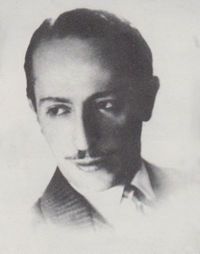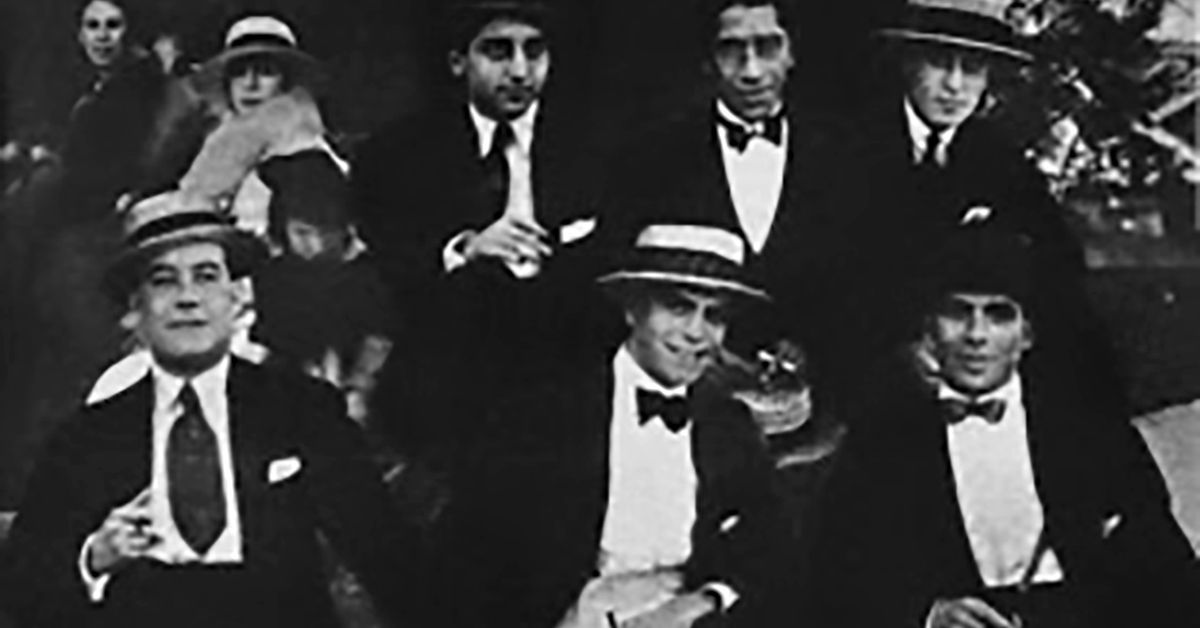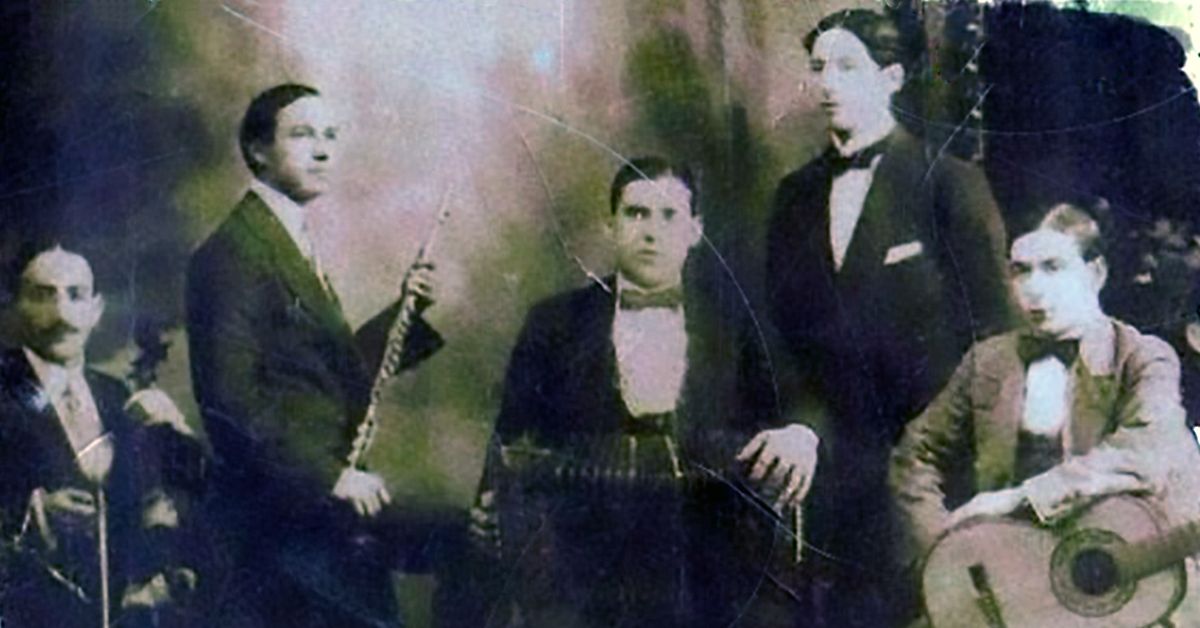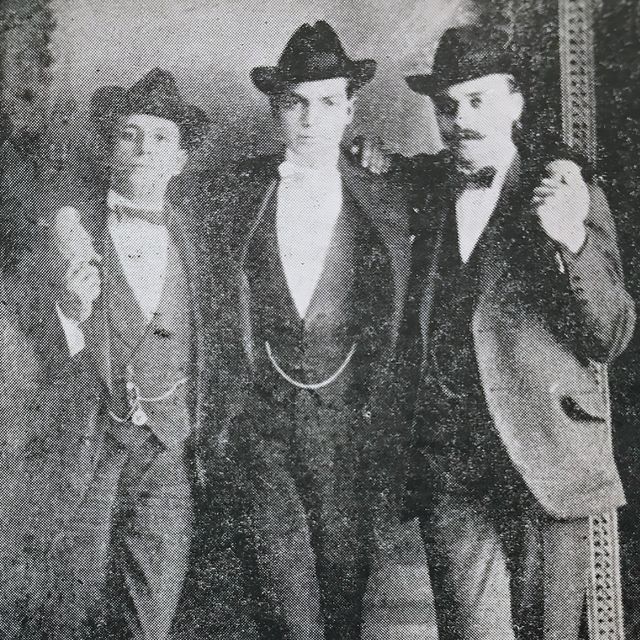“Así me gusta a mí” by Ángel D’Agostino y su Orquesta Típica with Ángel Vargas in vocals, 1942.
Ángel D’Agostino
Pianist, composer, and leader.
(May 25, 1900 – January 16, 1991)
His orchestra had magic, and that magic was perceived without the need for grandiloquence or stentorian deeds.
Everything was achieved through its simplicity and its good taste.
That orchestra neither achieved the musical recognition that the orchestras of Aníbal Troilo, Carlos Di Sarli, or Osvaldo Fresedo had nor produced the widespread phenomenon of the Juan D’Arienzo orchestra, but since 1940 up to the present, tango generations never stopped their respect and admiration towards him. Continue reading at www.todotango.com…
Listen and buy:
We have lots more music and history…











